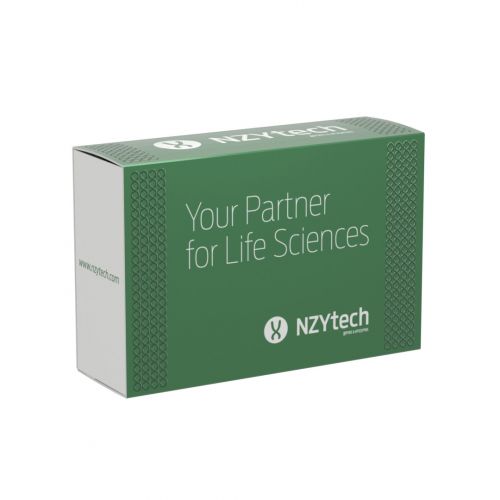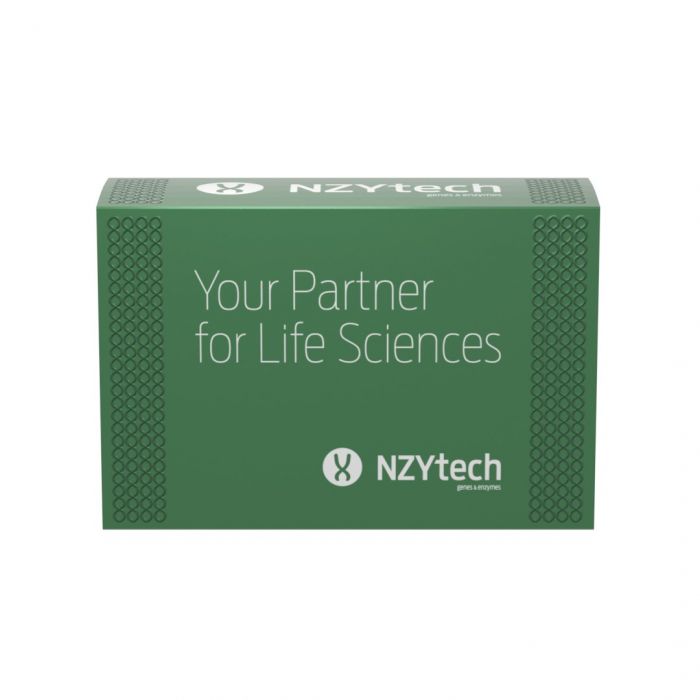Exonuclease VII (E. coli)
Exonuclease VII (E. coli)
| Specification | Details |
|---|---|
| Product No | MB43201 |
| Unit Size | 200 U |
| Storage Conditions | -85 °C to -15 °C |
| Specification | Details |
|---|---|
| Product No | MB43201 |
| Unit Size | 200 U |
| Storage Conditions | -85 °C to -15 °C |
| Shipping Conditions | Dry Ice |
| Activity | 3′ → 5′ ssDNA nuclease |
| Product Category | Nucleases |
| Reaction Temperature | 37 °C |
| Heat Inactivation | 95 °C |
| Concentration | 10 U/μL |
Exonuclease VII (E. coli) is a typical DNA specific exonuclease that cleaves linear single-stranded DNA in both the 3′ to 5′ and 5′ to 3′ directions. The enzyme maybe used for the removal of primers with or without 3′ or 5′ terminal phosphorothioate bonds or to map positions of introns in genomic DNA. Generally, Exonuclease VII (E. coli) is used to remove single-stranded DNA, leaving behind the double-stranded DNA in a sample, in particular in PCR reactions. This enzyme is not active on linear or circular dsDNA.
Applications:
– Removal of single-stranded oligonucleotide primers after PCR
– Removal of single-stranded DNA from samples with dsDNA
– Removal of oligonucleotide primers with or without 3′ or 5′ terminal phosphorothioate
– Mapping positions of introns in genomic DNA
– Removal of single-stranded overhangs generated by restriction endonucleases
– Exonuclease VII (E. coli) (10 U/μL)
– Reaction Buffer (5x)



